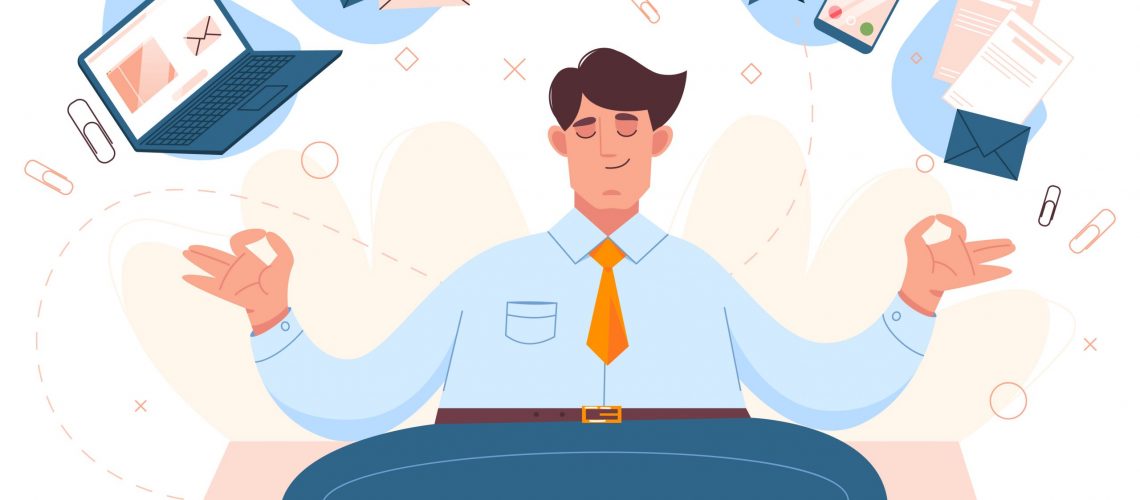With the evolution of internet it’s a global workplace now includes all five generations working alongside i.e. Maturists (Prior to 1945), Baby Boomers (1946 – 1964) , Generation X (1965 – 1980), Generation Y (Millennials) (1981 – 1994), Generation Z (1995 – 2012) and Generation A (2012 – 2025).
Each of these have grown up in differing economic, social, and historical contexts, resulting in varying aspirations and behaviours. The biggest digital disruption is the one happening in our heads where technology is transforming our identity, experiences and relationships.
In these unprecedented times, there is a new need to create and prioritise digital wellbeing along with traditional focus on compliance-based HR functions like mental wellbeing and physical wellbeing.
The purpose is not only benefits in terms of productivity and performance, but also for the overall well-being and happiness of your workforce, which includes mental, physical, and digital wellbeing, and this can be accomplished either by a Chief Wellbeing Officer or a Chief Human Resource Officer.
The Chief Wellbeing Officer will be responsible for co-creating well-designed environments, whether virtual, hybrid, or in-office, with the sole goal of reducing digital burnout.
Why digital wellbeing:
Let’s take the smartphone as an example. The smartphone has replaced alarm clocks, cameras, cash, and libraries. Even if you wanted to disconnect, you can’t, and it’s up to you to do so. Since the phone is with you all the time, there are definitely unintended negative consequences. (a) There is an internal battle with habit and self-regulation. (b) There is external pressure to fulfil social obligations.
It becomes a habit and excessive use over time and an obligation to respond. Given the scenario, we not informed, taught, mentored, or coached on how to use the technology for self-good?
Above example is why digital well-being plays an important role. (a) Understanding Digital Wellbeing will help us realise the importance of striking a balance with technology that is appropriate for the various needs, for family and work.(b) Maximising the benefits of technology while mitigating risks and negativity. (c) Focussing on time with tech. (d) Learning when to plugin and when to unplug. (e) Minimising Distractions etc.
The objective of digital wellbeing is to reduce digital burnout. If the required tools/practices are not available, it disrupts productivity and adds to the stress on employees who have to deal with it on a daily basis.
A good digital experience cannot be arrived at by just a click of an application or the click of a mouse. It necessitates an integrated approach in which HR and IT collaborate to strategize digital wellness approaches and ensure employees have what they require through a holistic wellbeing approach that addresses all three: digital, mental, and personal wellbeing.
Digital wellbeing approach for corporates:
With the move from a physical workspace to remote and hybrid work, it’s time for corporate Human Resource department to be not only concerned about mental and physical well-being, but also digital wellbeing especially among employees who spend their extended work days on computers alone. The below proposed digital wellbeing approach for corporates helps to improve employee engagement, productivity and safety.
- Few Areas around Mental Wellbeing are Pre Planned Schedules, Mindfulness, Time Management and Acupuncture Sessions.
- Few Areas around Physical Wellbeing are Digital Detox Tours, Regular Breaks, Exercises and News Letters.
- Few Areas around Digital Wellbeing are Digital Detox, Information Consumption & Dealing, Consent Management, Managing Social Media and Digital Parenting
Role of digital wellbeing officer:
Create a corporate digital wellbeing strategy having senior leaders on board who constantly promote digital wellbeing with staff in dialogue and decision-making with a culture of openness. A few steps towards achieving them are (a) Create digital wellbeing policy and practicing it (b) Develop an implementation strategy. (c) Review the policy every six months (d) Ensure line managers are discussing about the policy. (e) Promote a good work/life balance..
Use apps to maintain your mental, physical and digital wellbeing:
- Sleep tracking apps and check how many hours you’re sleeping.
- Dietary tracking apps and plan meals, count calories, or remind you to remain hydrated.
- Physical activity apps remind you to get up and move or guide doing activities such as yoga or cycling.
- Mental health apps can help you relax and meditate for you to cope up with anxiety, depression, post-traumatic stress disorder,
- Use Digital Wellbeing (Android) and Screen Time (iOS) to monitor and control your mobile use.



